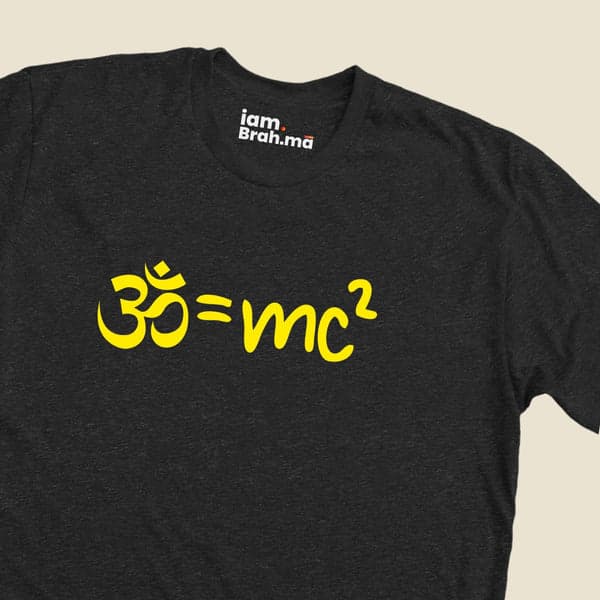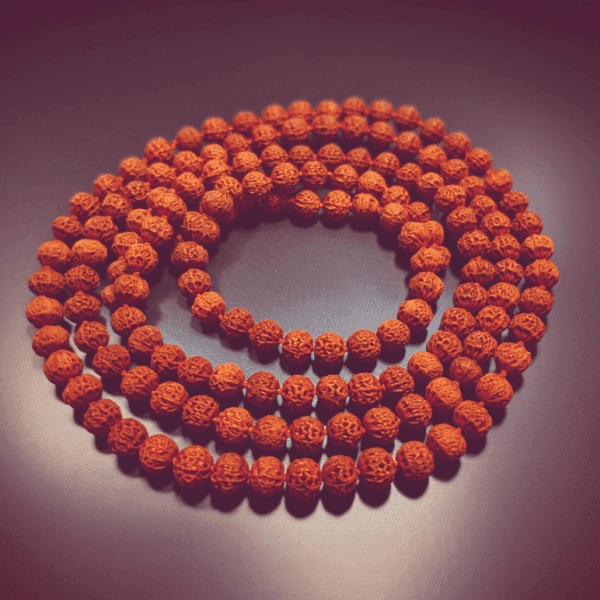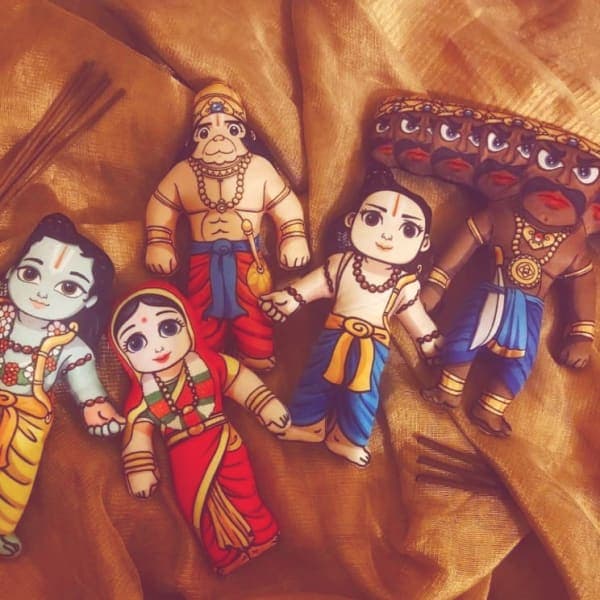Nageshwar Jyotirlinga
Darukavanm, Gujarat
Shri Nageshwar Jyotirlinga the Gods of Nagas, one of the twelve Jyotirlingas of Lord Shiva in India. It is said in the Rudra Sanhita that this form of Shiv have been referred as Darulawane Nagesh. In the scriptures it is said to be the great glory to hear the story of their origin. The Shiva devotee, who hears devotional stories, receives liberation from sins, travels to divine Shiv Lokam.
Timings
06:00 AM - 12:30 PM and 5:00PM to 9:30 PM
Abhishekam: 6:00 AM - 12:30 PM
Morning Aarti: 5:30 AM
Afternoon Aarti: 12:00 PM
Evening Aarti: 7:00 PM
Shringaar (Afternoon): 5:00 PM
Architecture
The Nageshwar Jyotirlinga is one of the 12 Jyotirlingas, which are considered to be the most sacred abodes of Lord Shiva in Hinduism. It is located in the state of Gujarat, India, near the city of Dwarka. The temple of Nageshwar Jyotirlinga is an ancient temple, and its architecture reflects the traditional style of temple architecture in India.
The temple complex of Nageshwar Jyotirlinga is built in the Nagara style of temple architecture, which is characterized by its lofty and curvilinear shikhara or spire. The main temple is constructed with white marble and has a height of about 25 meters. The temple is surrounded by a large courtyard and has a pillared hall leading to the sanctum sanctorum.
The sanctum sanctorum of the temple houses the lingam. The lingam is situated in a small chamber, which is decorated with intricate carvings and sculptures of various deities.
The temple complex also has a number of smaller shrines dedicated to various deities such as Lord Ganesha, Lord Vishnu, and Lord Hanuman. The temple also has a large tank or kund, known as the Nageshwar Kund, which is believed to have medicinal properties and is considered sacred by the devotees.
Overall, the architecture of Nageshwar Jyotirlinga is a fine example of traditional Indian temple architecture, and it reflects the rich cultural heritage of the region.
How to Reach ?
The Nageshwar Jyotirlinga Temple can be found along the route between Gomati Dwarka and Bait Dwarka Island on the Saurashtra coast in Gujarat. To visit the temple, one must first travel to Dwarka by either flight or train.
By flight- the nearest airport to Dwarka is located approximately 137km away in Jamnagar. There are regular flights connecting Jamnagar Airport to Mumbai. From the airport, one can hire a taxi for approximately INR 2000 to travel to Dwarka.
By train- Dwarka railway station is connected to various parts of the country by daily trains.
Nageshwar is situated around 18 km (a 25-minute drive) from Dwarka. Auto-rickshaws are easily available in Dwarka, charging around INR 300-400 for a round trip. Taxis are also readily available, costing around INR 800-1200 for a round trip.
...




